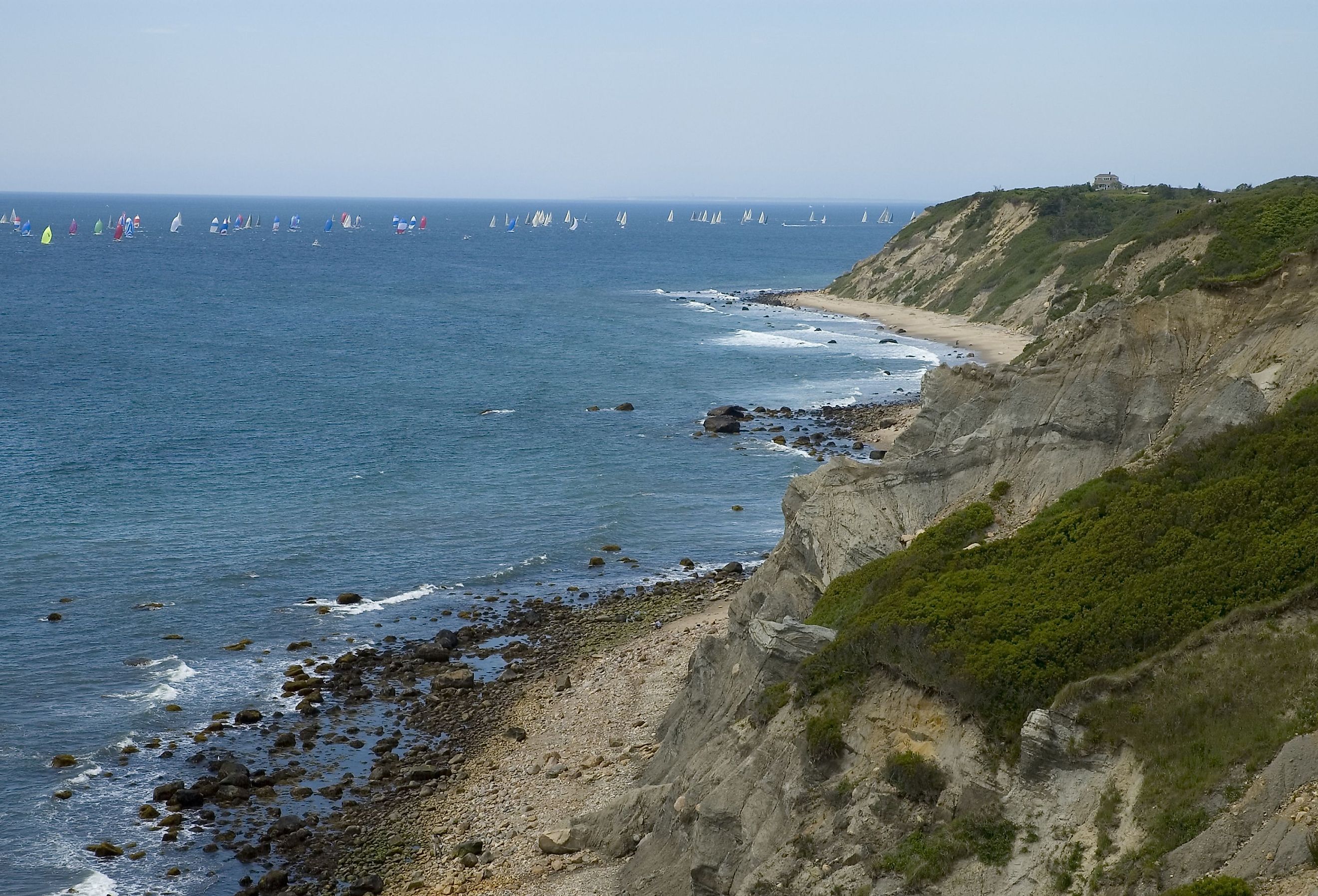
Block Island Sound
Located in southern New England, off the coast of Rhode Island the Block Island Sound is a narrow channel situated in the open Atlantic Ocean. Measuring approximately 10 miles wide, the strait separates Block Island from mainland Rhode Island and extends into neighboring New York. To the west, the sound stretches to Montauck Point, the headland forming the easternmost point of Long Island, and encompasses Fishers Island, Gardiner Island, and Plum Island, all three atolls located in New York. Extending eastward, the Block Island Sound reaches the waters of the Long Island Sound and the Rhode Island Sound. The Block Island Sound connects the mainland to one of Block Island’s primary ports of entry—Great Salt Pond, situated on the western side of the island.
Etymology
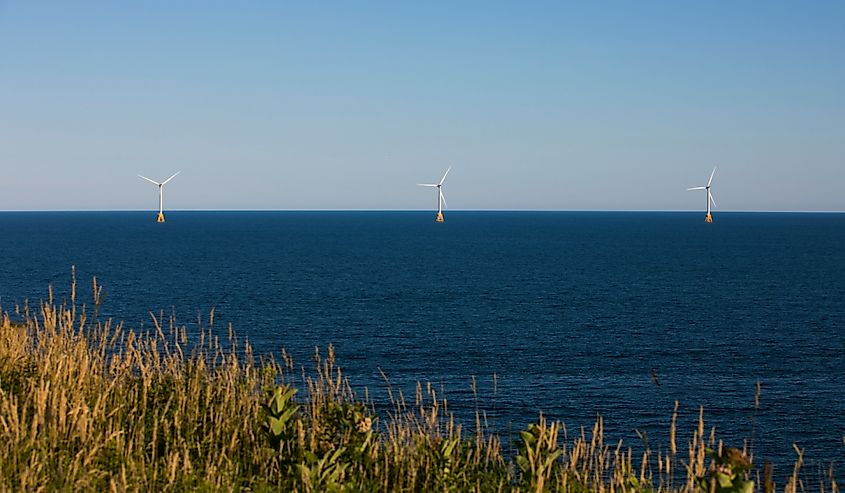
The Block Island Sound and eponymous Block Island take their name from the Dutch trader Adriaen Block. The atoll was originally called Manisses by the region’s indigenous Narragansett tribe, meaning "Island of the Little God." However, the island was renamed in the 1600s, after Block landed on the spit of land in 1614.
History of Block Island Sound
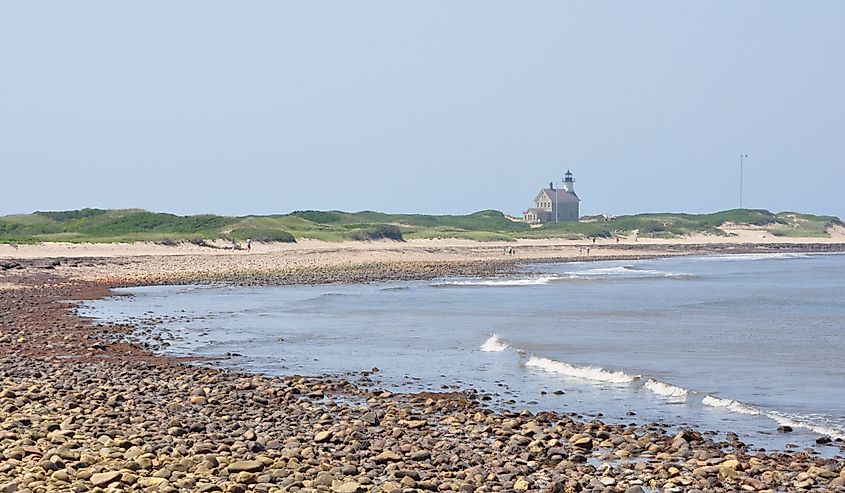
The history of the Block Island Sound is inextricably tied to its namesake, Block Island. Originally inhabited by Rhode Island’s Narragansett people, European explorers noticed Block Island in the early 1500s—and Dutch trader and navigator Adrian Block officially landed on the islet in 1614. After Block’s arrival, European colonists from settlements in mainland Massachusetts moved to the island, arriving in the early 1660s—and in 1664, the islet was declared part of England’s Rhode Island colony. During the Victorian period, beginning in the late 1800s, Block Island became a popular vacation resort, with stately hotels constructed beside the water, and passengers traveling across the Block Island Sound, arriving from cities throughout the East Coast. Beyond offering a route to the island for boaters and vacationers, the Block Island Sound also serves as a vital commercial channel connecting communities in Cape Cod and Long Island.
Wildlife in Block Island Sound
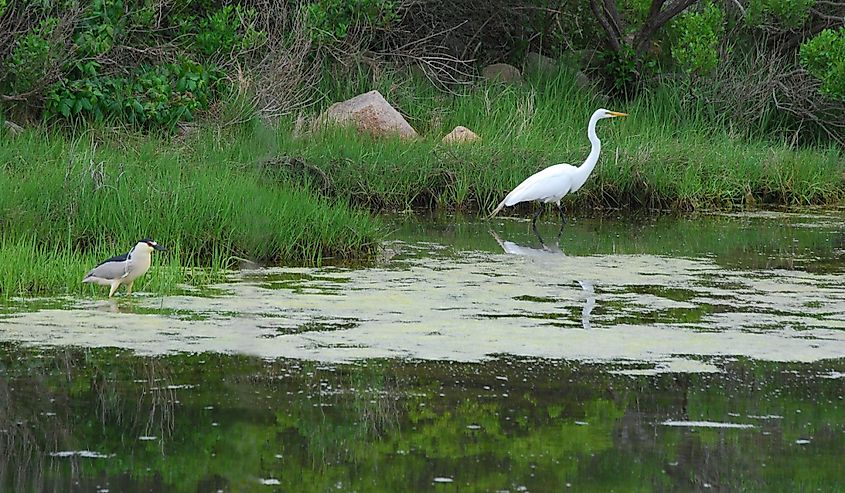
The Block Island Sound has a rich diversity of marine life, and the waters are also inhabited by a handful of endangered species. Common pelagic and demersal species include bay anchovy, winter flounder, little skate, and river herring. Seasonal visitors include bluefish, striped bass, silver hake, American lobster, and summer flounder. Great white sharks have also been documented in the Sound. Loggerhead and leatherback sea turtles, both listed as endangered under the Endangered Species Act, have also been documented in the waters of the Block Island Sounds. Marine mammals observed in the sound include gray seals, harp seals, and harbor seals, along with short-beaked common dolphins, harbor porpoises, Risso’s dolphins, and Atlantic-white-sided dolphins. A diversity of whale species also visit the sound seasonally, including humpback whales, fin whales, sperm whales, and critically-endangered North Atlantic right whales.
On land, Block Island is also a biodiversity hotspot—serving as a spot for migratory birds along the Atlantic Flyway. Nearly 40% of the island has been left undeveloped to provide a habitat for native wildlife. On the northwestern corner of the atoll, the Block Island National Wildlife Refuge is a seasonal stopover for migrating songbirds, which descend on the island in the fall while heading south for the winter.
Threats to Block Island Sound
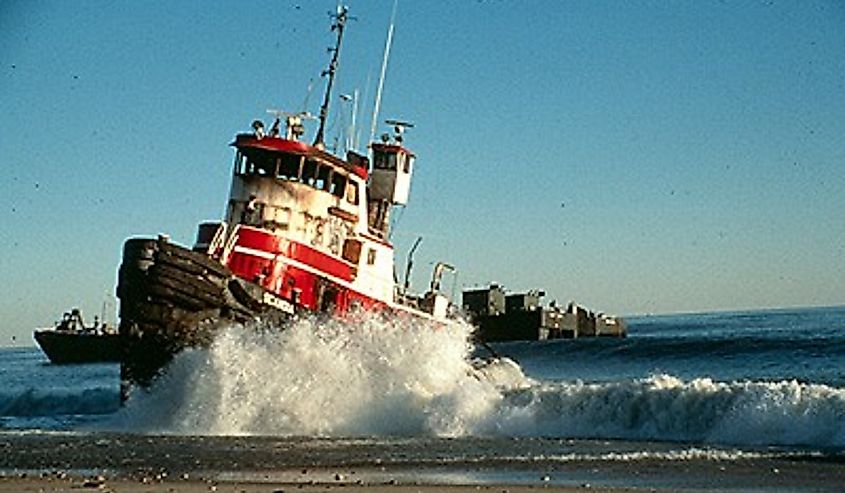
In the winter of 1996, two vessels—a tanker called the North Cape and the Scandia, a tugboat—both ran aground along the southwestern coast of Rhode Island, resulting in the most damaging oil spill in the state’s history. An estimated 828,000 gallons of oil leaked into the waters along Rhode Island’s coast, including the Block Island Sound. The spill had a catastrophic impact on local marine life, killing millions of fish, clams, and lobsters. As a result of the spill, fishing was also temporarily prohibited in a 250-square-mile portion of Block Island Sound.











